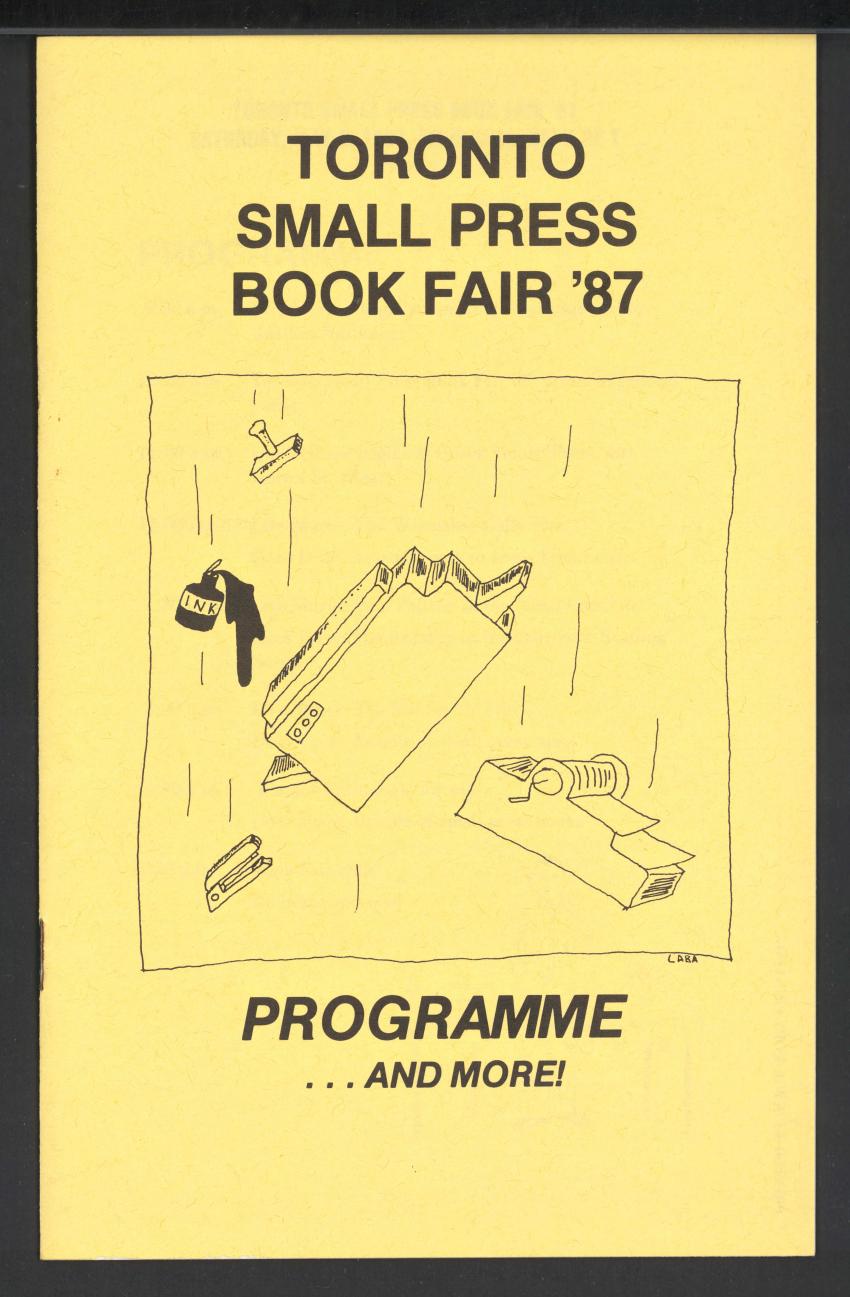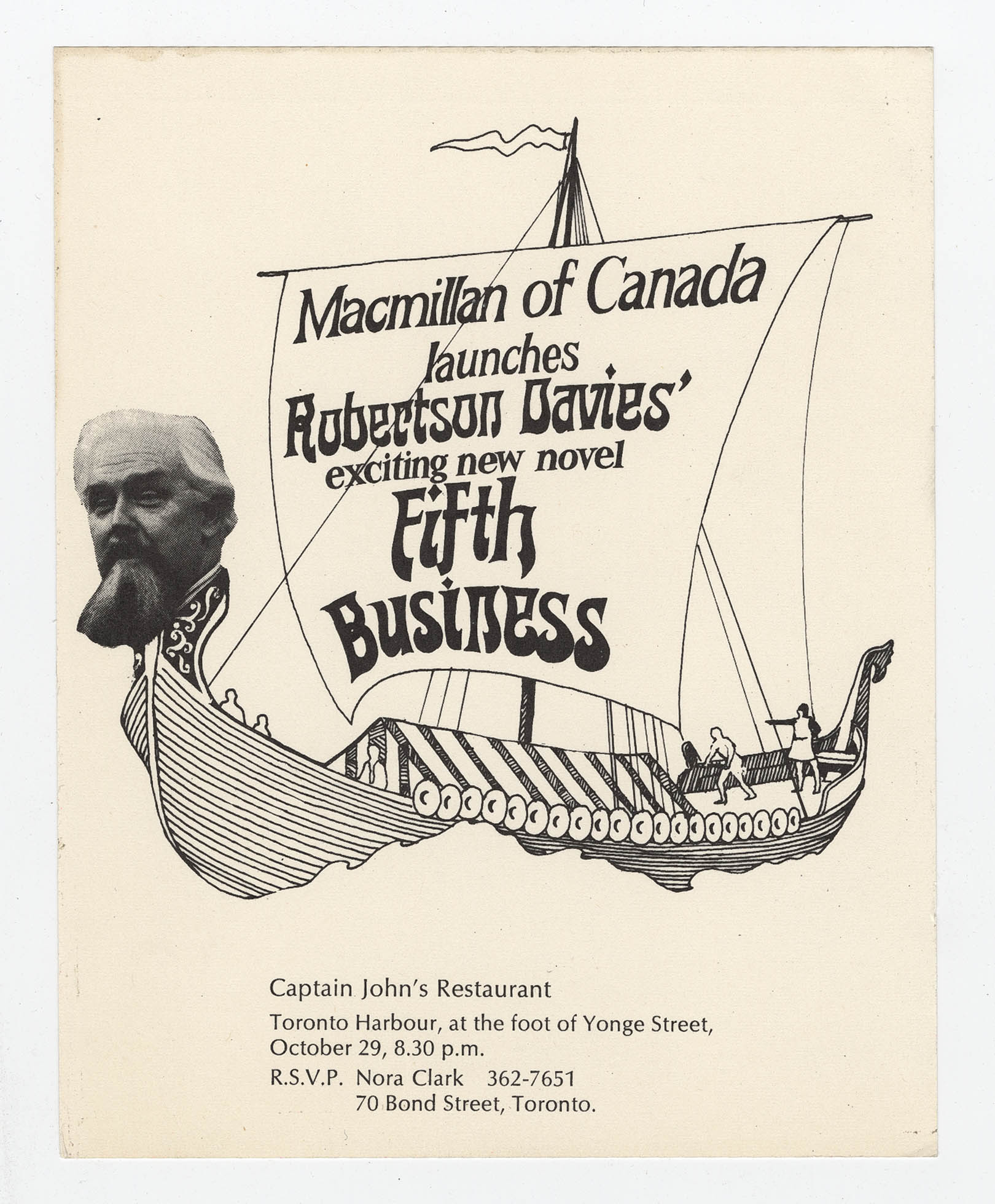

Author contracts, royalty statements, copyright certificates, marketing plans, sales reports, general ledgers, inventory books, and annual financial statements are typical archival documents that help piece together the complex financial picture of Canadian publishing. A cashbook from the Rose-Belford Publishing Company Limited, for example, reveals not just daily cash transactions but the personalities and preferences of George Maclean Rose and his brother Daniel. Early authors such as William Kirby struggled with inadequate copyright protection that robbed them of royalties, while spectacular sales by later writers such as Pierre Berton carried his publishers through otherwise difficult times. In the twentieth century, the story of Canadian publishing is inextricably linked to government support through commissions, grants, and bail-outs as firms struggled to stay afloat: many unfortunately entered receivership while others were re-invented through foreign take-overs.
Marketing Canadian books has involved numerous strategies, from title-packed publishers’ catalogues to outrageous publicity stunts, book fairs, author tours at home and abroad, and calculated advertising campaigns. The introduction of inexpensive paperbacks helped Canadian publishers launch many important series marketed to popular and academic markets. The tremendous influence of prominent book critics such as William Arthur Deacon cannot be downplayed in boosting sales of many Canadian titles. In the brave new world of the digital age, the Internet has become a powerful promotional and selling tool for small and large publishers as they continue their mandate to provide quality publications to Canadians.










